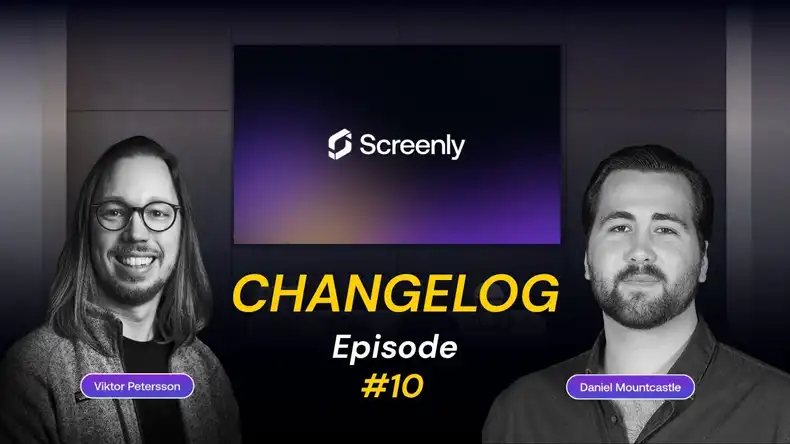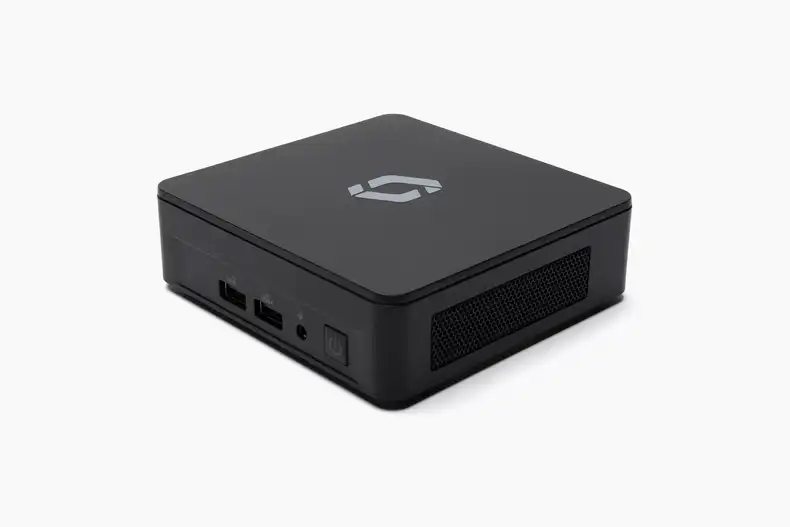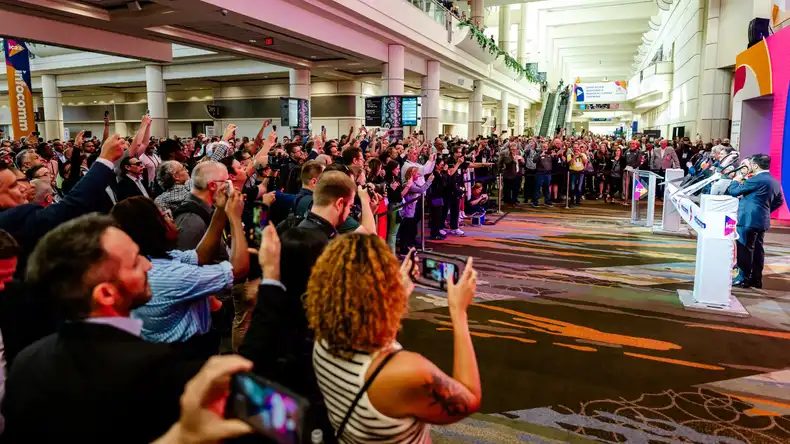Digital signs displays are becoming an increasingly popular alternative to printed signs. Businesses can more easily test and change out content on digital sign displays, and this capability often leads to businesses saving money on their advertising and marketing costs in the long term.
In the post below, we cover the main steps for setting up a digital sign display and the components involved. We also cover how teams can easily manage digital signs displays with digital signage management software. Read below to learn more.
The hardware required for digital sign displays
The first required hardware item is, of course, the digital display itself. The digital display can be any screen or monitor that can display images in 1080p Full HD resolution. Most businesses can get by using an existing TV screen or purchasing a TV screen at their local electronics store for around $200 US.
Some businesses may opt for a commercial-grade display. Commercial digital signage displays often have high brightness capabilities, 4K UHD picture quality, and additional features, like a higher refresh rate. Commercial-grade screens typically cost thousands rather than hundreds of dollars, and they are generally unnecessary for most businesses’ needs.
The second required hardware item is a digital signage player. A digital signage player is a palm-sized, physical device that renders content to the digital sign display. The media player sources content from the user’s content management system and then displays that content to the user’s screen. Digital signage players connect to the screen via HDMI cable and connect to the internet via ethernet cable, Wi-Fi, or mobile data network.
When purchasing a digital signage player, important topics include the media player’s upfront costs, stability, power draw, and electronic waste footprint. Raspberry Pi players are typically a cost-effective media player solution.
The screen itself and the digital signage player are the two main hardware components of a digital sign display. For more complicated deployments, such as multi-screen video walls for wide viewing angles or coordinated screen images, users may need to purchase additional hardware, such as a video wall controller.
Software for managing digital sign displays
In the past, managing digital sign displays was often time-consuming and challenging. To change out content, users would have to visit the sign in person and upload content via a USB drive and wire-connected keyboard. While this was only a minor inconvenience, this process made managing digital sign displays at scale impossible.
To solve this content management problem, signage solutions began adding digital signage management software to their offerings. With digital signage management software, users can log in to an online account and change content from anywhere with an internet connection. Instead of visiting each screen in person, users can manage the content on dozens or even hundreds of screens from their office or home.
In addition to allowing users to upload and change out content from anywhere, digital signage software often has a variety of content organization features. Users can often organize their content into playlists and schedule the time and date that each playlist will play. Some solutions allow users to group screens and manage the content on multiple screens at once. For example, if a user wanted to change all the content on each of the six screens on a company floor, the user could change the content on all screens in the “Floor 1” group at once.
Getting started with your first digital display
Getting started with your first digital display is easy. Screenly offers a comprehensive digital display solution with integrated hardware and software. For hardware, the Screenly Player is a stable and powerful digital signage player. Users can display images, video content, and even web pages with the Screenly Player.
Screenly’s digital signage software provides users with advanced playlist-building, content-scheduling, and screen-grouping features. Screenly also provides real-time media player health monitoring, allowing users to be proactive about screen uptime management.
To get started, sign up for Screenly’s free 14-day trial here.





